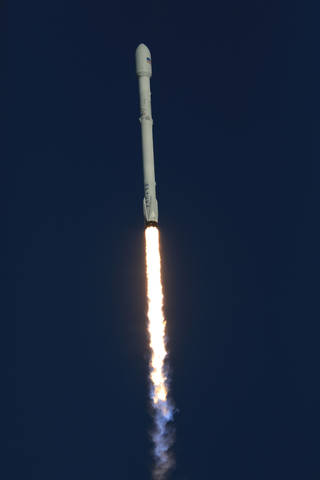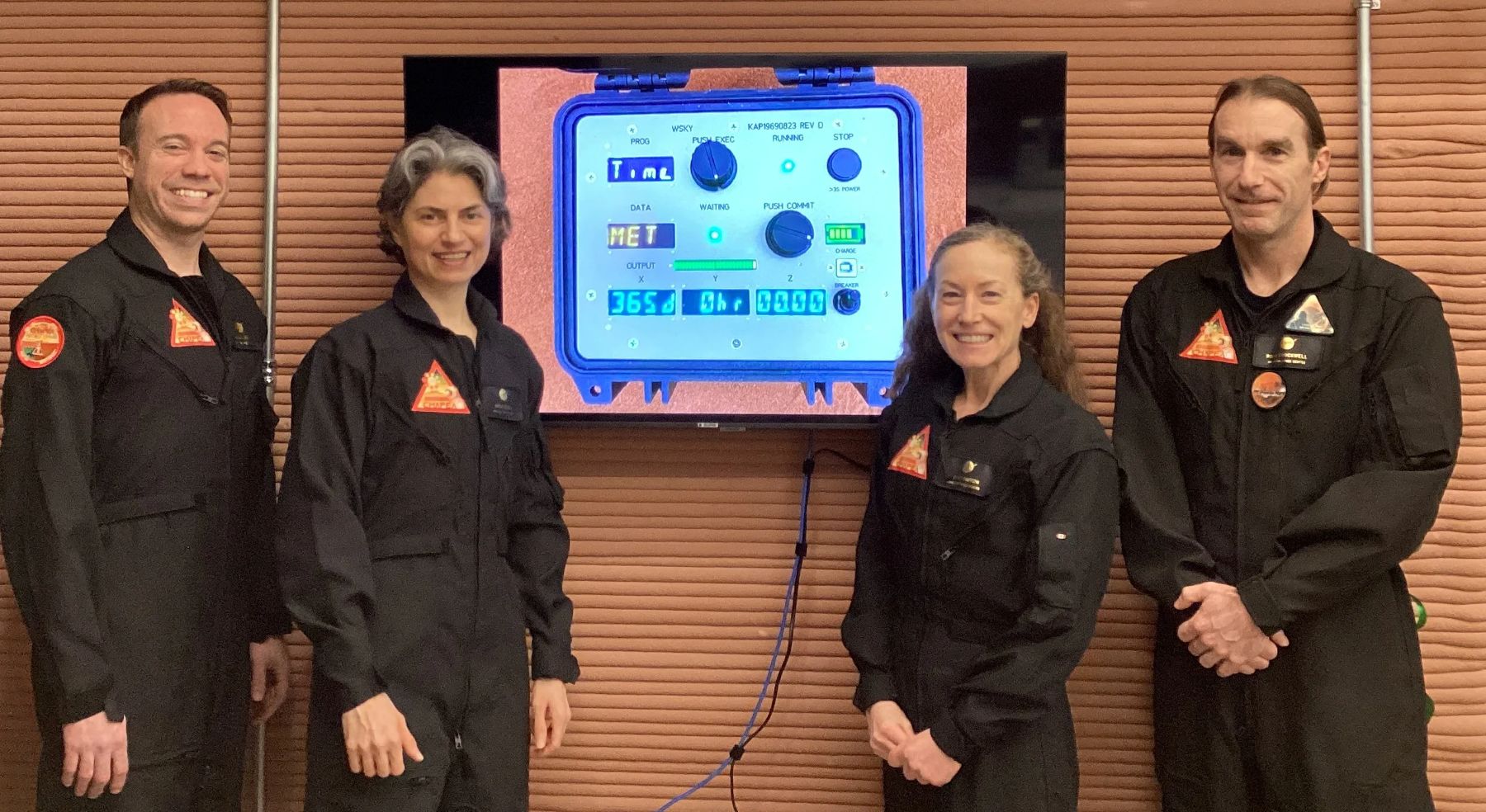New NASA Sonifications Listen to the Universe’s Past

A quarter of a century ago, NASA released the “first light” images from the agency’s Chandra X-ray Observatory. This introduction to the world of Chandra’s high-resolution X-ray imaging capabilities included an unprecedented view of Cassiopeia A, the remains of an exploded star located about 11,000 light-years from Earth. Over the years, Chandra’s views of Cassiopeia A have become some of the telescope’s best-known images.
To mark the anniversary of this milestone, new sonifications of three images – including Cassiopeia A (Cas A) – are being released. Sonification is a process that translates astronomical data into sound, similar to how digital data are more routinely turned into images. This translation process preserves the science of the data from its original digital state but provides an alternative pathway to experiencing the data.
This sonification of Cas A features data from Chandra as well as NASA’s James Webb, Hubble, and retired Spitzer space telescopes. The scan starts at the neutron star at the center of the remnant, marked by a triangle sound, and moves outward. Astronomers first saw this neutron star when Chandra’s inaugural observations were released 25 years ago this week. Chandra’s X-rays also reveal debris from the exploded star that is expanding outward into space. The brighter parts of the image are conveyed through louder volume and higher pitched sounds. X-ray data from Chandra are mapped to modified piano sounds, while infrared data from Webb and Spitzer, which detect warmed dust embedded in the hot gas, have been assigned to various string and brass instruments. Stars that Hubble detects are played with crotales, or small cymbals.
Another new sonification features the spectacular cosmic vista of 30 Doradus, one of the largest and brightest regions of star formation close to the Milky Way. This sonification again combines X-rays from Chandra with infrared data from Webb. As the scan moves from left to right across the image, the volume heard again corresponds to the brightness seen. Light toward the top of the image is mapped to higher pitched notes. X-rays from Chandra, which reveal gas that has been superheated by shock waves generated by the winds from massive stars, are heard as airy synthesizer sounds. Meanwhile, Webb’s infrared data show cooler gas that provides the raw ingredients for future stars. These data are mapped to a range of sounds including soft, low musical pitches (red regions), a wind-like sound (white regions), piano-like synthesizer notes indicating very bright stars, and a rain-stick sound for stars in a central cluster.
The final member of this new sonification triumvirate is NGC 6872, a large spiral galaxy that has two elongated arms stretching to the upper right and lower left, which is seen in an optical light view from Hubble. Just to the upper left of NGC 6872 appears another smaller spiral galaxy. These two galaxies, each of which likely has a supermassive black hole at the center, are being drawn toward one another. As the scan sweeps clockwise from 12 o’clock, the brightness controls the volume and light farther from the center of the image is mapped to higher-pitched notes. Chandra’s X-rays, represented in sound by a wind-like sound, show multimillion-degree gas that permeates the galaxies. Compact X-ray sources from background galaxies create bird-like chirps. In the Hubble data, the core of NGC 6872 is heard as a dark low drone, and the blue spiral arms (indicating active star formation) are audible as brighter, more highly pitched tones. The background galaxies are played as a soft pluck sound while the bright foreground star is accompanied by a crash cymbal.
More information about the NASA sonification project through Chandra, which is made in partnership with NASA’s Universe of Learning, can be found at https://chandra.si.edu/sound/. The collaboration was driven by visualization scientist Kimberly Arcand (CXC), astrophysicist Matt Russo, and musician Andrew Santaguida, (both of the SYSTEM Sounds project), along with consultant Christine Malec.
NASA’s Universe of Learning materials are based upon work supported by NASA under cooperative agreement award number NNX16AC65A to the Space Telescope Science Institute, working in partnership with Caltech/IPAC, Center for Astrophysics | Harvard & Smithsonian, and the Jet Propulsion Laboratory.
More about Chandra
Chandra, managed for NASA by Marshall in partnership with the CXC, is one of NASA’s Great Observatories, along with the Hubble Space Telescope and the now-retired Spitzer Space Telescope and Compton Gamma Ray Observatory. It was first proposed to NASA in 1976 by Riccardo Giacconi, recipient of the 2002 Nobel Prize for Physics based on his contributions to X-ray astronomy, and Harvey Tananbaum, who would later become the first director of the Chandra X-ray Center. Chandra was named in honor of the late Nobel laureate Subrahmanyan Chandrasekhar, who earned the Nobel Prize in Physics in 1983 for his work explaining the structure and evolution of stars.
Learn more about the Chandra X-ray Observatory and its mission here:
https://www.nasa.gov/mission/chandra-x-ray-observatory/





